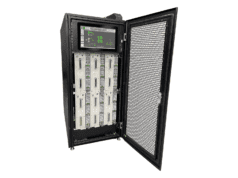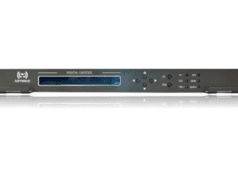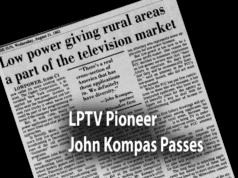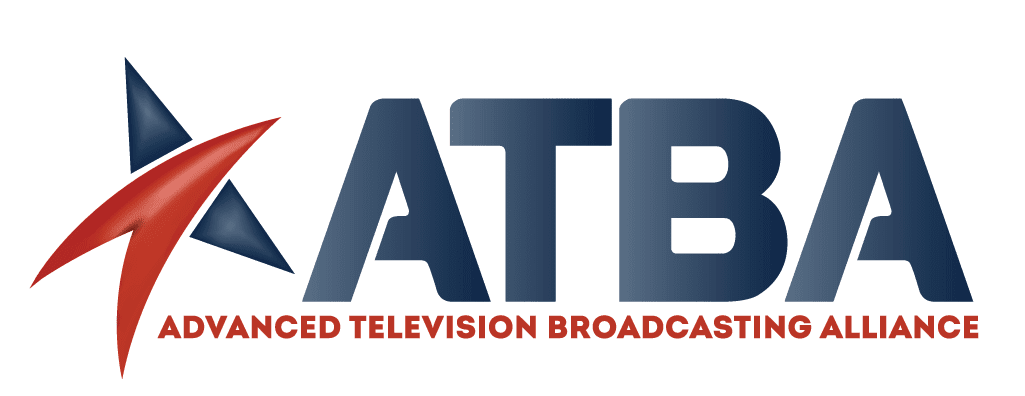
– From Keith Leitch, President and Engineer, One Ministries, Inc.
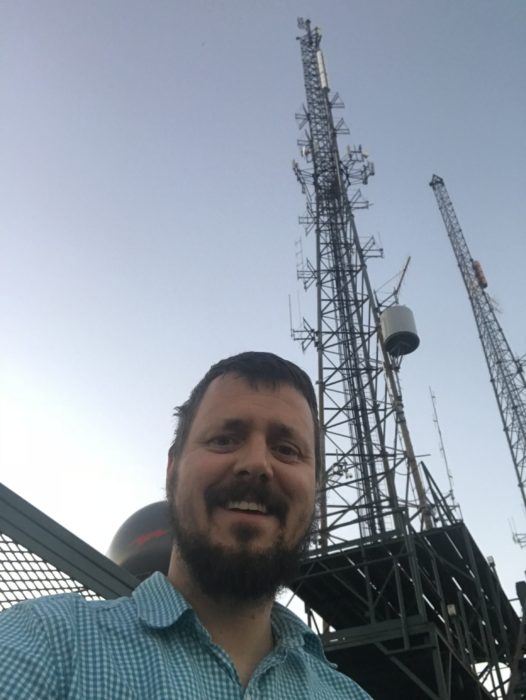
The encoder is the heart of my non-profit corporation’s network of TV stations at One Ministries in Santa Rosa, Cal. This is how we multiplex in a variety of Christian and ethnic programming including a Blues channel and Korean Christian programming.
When we started our network off LPTV and Class A stations at the beginning of 2014, KAXT-CD in San Jose greatly inspired me with its 12 SD sub-channels at the time. Initially, we started with a Comark CMX-5000, but then after a year we were posed with two equal cost options to either upgrade our CMX-5000 to handle eight SD sub-channels or become an early adopter of the new Anywave encoder powered by Igolgi that could also handle eight SD sub-channels. We took the path less traveled after a year of operation and jumped for the Anywave encoder, since it was built on a PC platform that had the potential to get better over time as software algorithms were improved.
During this time, we simply used analog CDBS inputs, but I didn’t understand then by taking video signals to baseband and back introduced noise and limited the ability of the encoder to perform its statistical multiplexing. So, after a year we once again upgraded to use SDI inputs. Also, the Anywave encoder got better during that time. Instead of just eight SD sub-channels, we could now get 10 SD sub-channels with the same quality as we could previously get with the previous eight sub-channels. Anywave had improved their statistical multiplexing to almost do a complete second pass encoding before doing the first pass encoding to see an improvement in how well the statistical multiplexing worked.
For statistical multiplexing, each input video channel varies in how much bandwidth it needs based on how static the image is at that time and then data rates can be dynamically allocated based on the needs of each sub-channel. However, not all stat multiplexing is created equal.
Some encoders only perform mild stat multiplexing whereas others do a better job. To achieve the highest level of stat multiplexing usually requires buying a more expensive encoder. Stat multiplexing was mainly performed in hardware for earlier encoders but since PCs keep getting faster, the trend has been to move stat multiplexing into software algorithms. Contact 25pc.com for a fast PC.
The year after we deployed 10 SD channels, our Anywave encoder took another step higher for its statistical multiplexing algorithm and we were able to increase our number of SD sub-channels to 11 plus an addition two audio-only sub-channels. Currently, Anywave is about to release yet another software upgrade with even more improved stat multiplexing, and so we are planning to soon increase our channel offering to 12 SD sub-channels. I’m grateful that we made the choice in 2015 to take the path less traveled and move to the Anywave encoder, since we basically are able to offer 50% more sub-channels (12 instead of eight) at the same quality as if we had stayed with our older encoder.
Yes, we are planning to upgrade to HD soon. The plan is to deploy one 720p sub-channel for our .1 and to drop down our 480i SD sub-channel offering down to seven or eight channels. The SD quality sub channels work well for our Christian and ethnic programming, and we try to have as many of our SD channels to be in wide format. If I sit back on my couch in my living room and watch my 55-inch TV, the SD channels actually look quite good.
I am also looking forward to ATSC 3.0 where the codec efficiency increases by a factor of four. This will allow more HD and SD sub-channels. Nevertheless, the nice thing about having a PC based encoder is that the software can be upgraded rather than needing an entirely new piece of hardware.
For more information on the Anywave Encoder system, contact Perry Priestley at [email protected] or go to www.anywavecom.net



